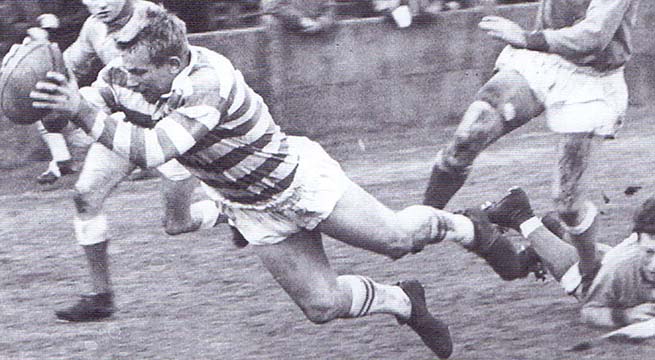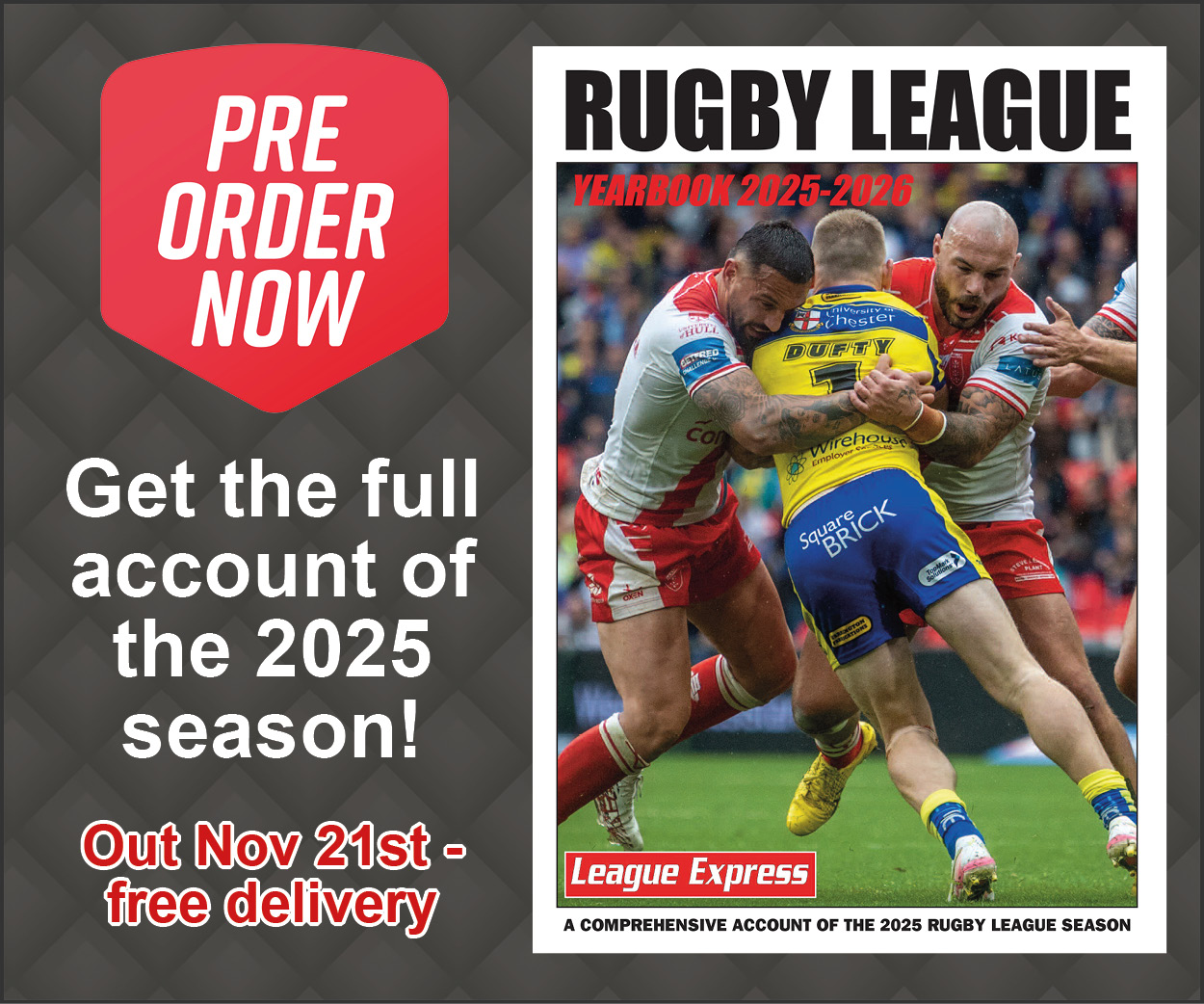 The Scot who switched codes and played in Oz
Charlie Renilson was a flanker with the Jed Forest club in Scottish rugby union when he followed in his uncle’s footsteps by turning professional with Halifax.
He played 302 games for the Thrum Hall side between 1957 and 1969, scoring 70 tries and helping them to victory in the 1965 Championship Fi
The Scot who switched codes and played in Oz
Charlie Renilson was a flanker with the Jed Forest club in Scottish rugby union when he followed in his uncle’s footsteps by turning professional with Halifax.
He played 302 games for the Thrum Hall side between 1957 and 1969, scoring 70 tries and helping them to victory in the 1965 Championship Fi Rugby League Heroes: Charlie Renilson
 The Scot who switched codes and played in Oz
Charlie Renilson was a flanker with the Jed Forest club in Scottish rugby union when he followed in his uncle’s footsteps by turning professional with Halifax.
He played 302 games for the Thrum Hall side between 1957 and 1969, scoring 70 tries and helping them to victory in the 1965 Championship Fi
The Scot who switched codes and played in Oz
Charlie Renilson was a flanker with the Jed Forest club in Scottish rugby union when he followed in his uncle’s footsteps by turning professional with Halifax.
He played 302 games for the Thrum Hall side between 1957 and 1969, scoring 70 tries and helping them to victory in the 1965 Championship Fi 
